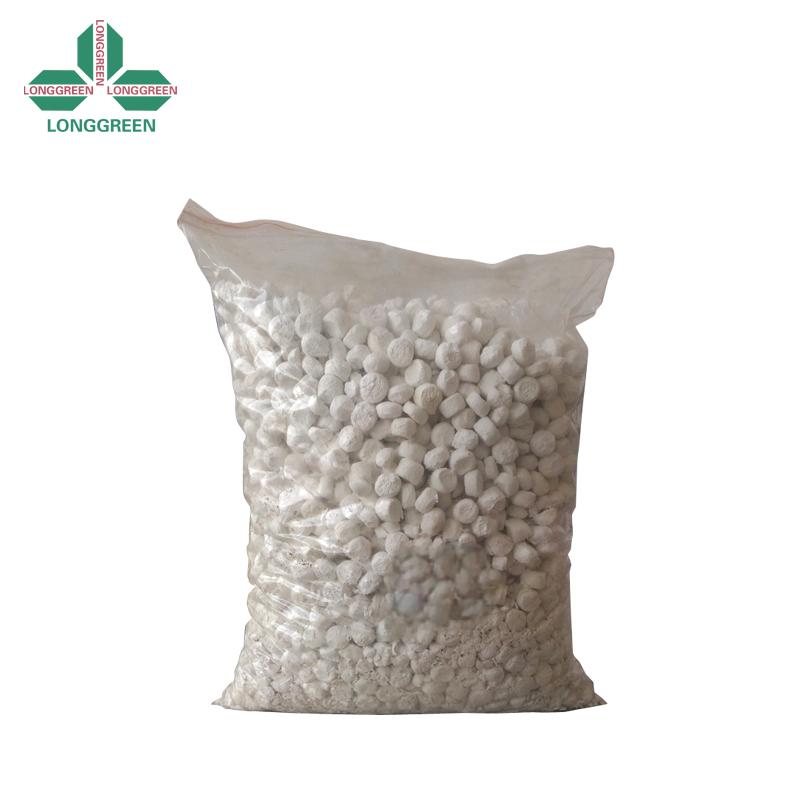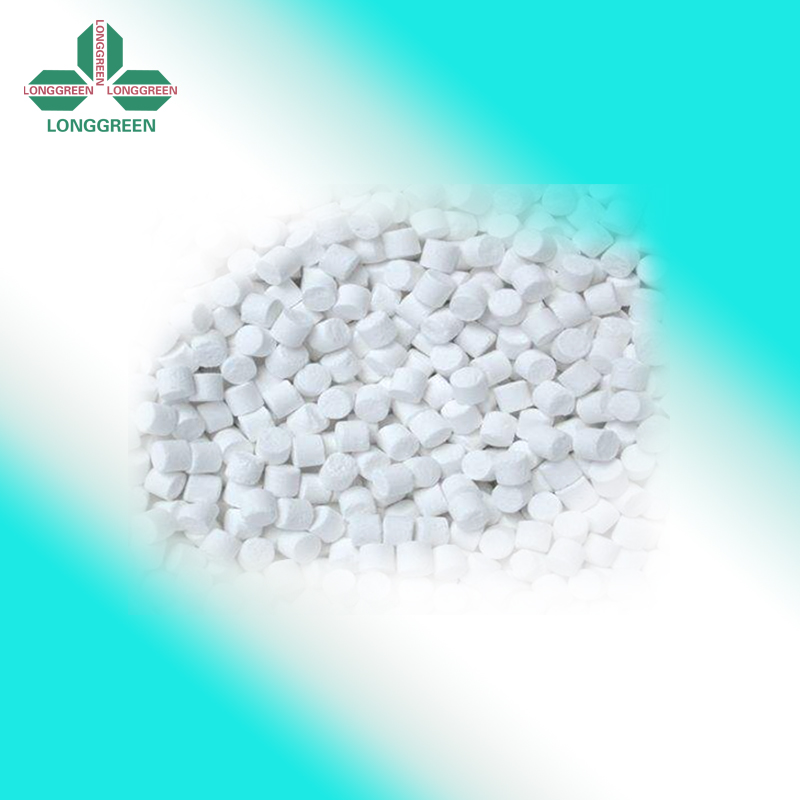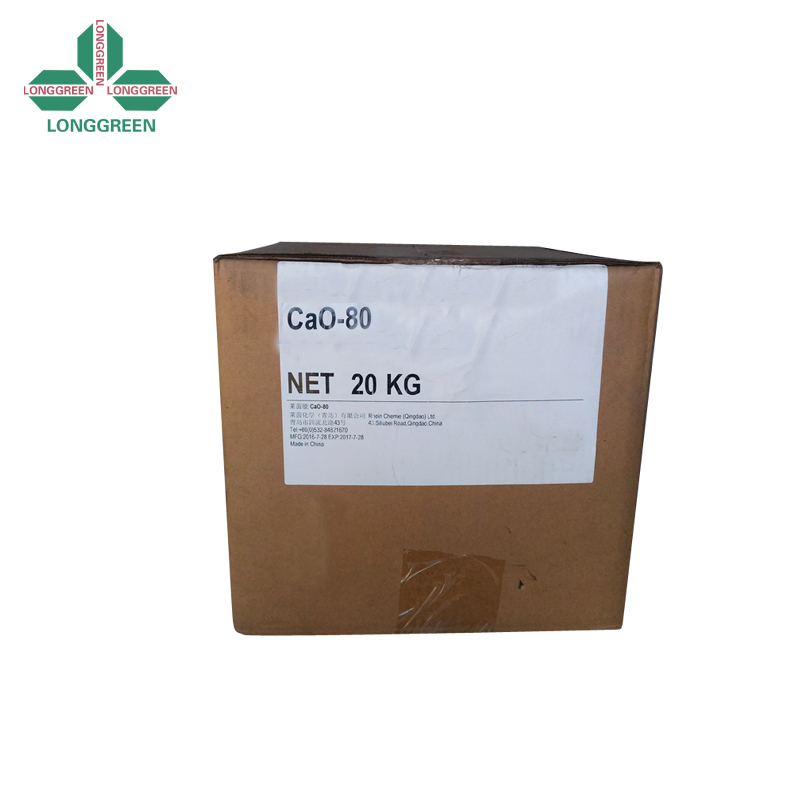Introduction of Predispersed Rubber Processing Chemicals:
Predispersed rubber processing chemicals are a type of desiccant used in various rubber compounds. Their main function is to prevent porosity in vulcanized rubber due to the presence of moisture during the production process. Predispersed rubber processing chemicals appear as grey granules and are composed of 80% calcium oxide and 20% elastomer binders and dispersants. They are compatible with traditional rubber materials and disperse quickly during processing. Predispersed rubber processing chemicals react with water to form calcium hydroxide, which effectively absorbs moisture, ensures the stability of rubber materials during extrusion, and avoids porosity problems when using vacuum extruders.
Features of Rubber Additive Dispersions:
Rubber additive dispersions are able to bind water by forming calcium hydroxide, which allows the production of vulcanized rubber to cure without pressurization. Otherwise, even with a vacuum extruder, the vulcanized rubber will still show porosity due to the presence of water in the compound. Rubber additive dispersions can be used in the production of a variety of rubber products, especially extruded products that require continuous curing in the open air, fluidized bed, salt bath or UHF equipment. Rubber additive dispersions use polymer-bound particle technology, have excellent thermoplasticity, are compatible with various traditional elastomers, and can be used in different rubber compounds. Rubber additive dispersions are dust-free and easy to handle, will not agglomerate, and are safe to operate, meeting the requirements of modern rubber processing for environmental protection and operational safety. Rubber additive dispersions can enhance the foaming effect, especially in foaming compounds, where Rubber additive dispersions provide a more uniform cell structure, which helps to improve the quality and performance of microcellular rubber.

Application Areas of Predispersed Rubber Formulation Additives:
1. Extruded products:
Predispersed rubber formulation additives are widely used in extruded rubber products, especially in the production of profiles, seals and other products. It can effectively prevent the formation of pores caused by the presence of moisture, ensure that rubber products have uniform density during the vulcanization process, and improve the physical properties and appearance quality of the products.
2. Belts and belts:
Predispersed rubber formulation additives can also be used in the production of rubber belts, conveyor belts, etc. Predispersed rubber formulation additives can ensure that rubber products will not produce bubbles or pores due to the presence of moisture during high-temperature processing, and improve the durability, stability and anti-aging properties of belts and belts.
3. Cable covering:
In cable production, Predispersed rubber formulation additives can effectively remove moisture, avoid pores and bubbles in the outer layer of the cable, ensure the insulation and mechanical strength of the cable, and improve the long-term stability of the cable.
4. Foam rubber products:
In the production of foam rubber, especially microcellular rubber, Predispersed rubber formulation additives can provide a more uniform cell structure, so that the final product has better elasticity and good sound insulation and heat insulation effects.

Processing of Predispersed Rubber Processing Chemicals:
Predispersed rubber processing chemicals are very easy to handle and do not clump under normal storage conditions. Predispersed rubber processing chemicals are free-flowing, non-dusting and disperse quickly in all compounds. Depending on the formulation of the compound, an accelerating effect may occur. It is recommended to add Predispersed rubber processing chemicals at the end of the mixing cycle. At mixing temperatures above 110 °C, the PE film will be absorbed by the hot rubber mixture and can be added without difficulty.
Dosage:
The usual dosage of Rubber additive dispersions is between 2 and 10 phr. Rubber additive dispersions are mainly determined by the expected moisture content, which in turn depends mainly on the amount and type of fillers used.

About Packaging:
Rubber additive dispersions are packaged in cartons, each containing 1 kg or 2.5 kg of PE in separate packages, totaling 20 kg. This type of carton packaging is not only convenient for bulk transportation and storage, but also has good pressure resistance, which can effectively prevent product damage caused by external force collision during transportation. The carton is sturdy on the outside, and the PE bag lining provides good moisture and dust protection for each rubber additive dispersion, ensuring that the product is not affected by the external environment during storage. Each PE bag is sealed to prevent moisture and impurities from invading, keeping the product dry and pure, and effectively extending its service life. This packaging form is also convenient for on-demand distribution. Users can open small packages for use according to actual needs, reducing the frequency of opening large packages and ensuring the quality and stability of the remaining products.
